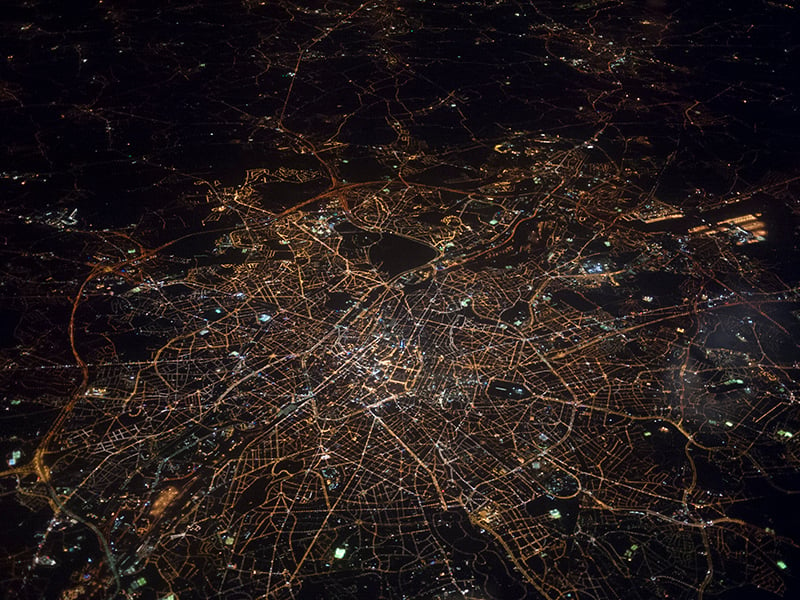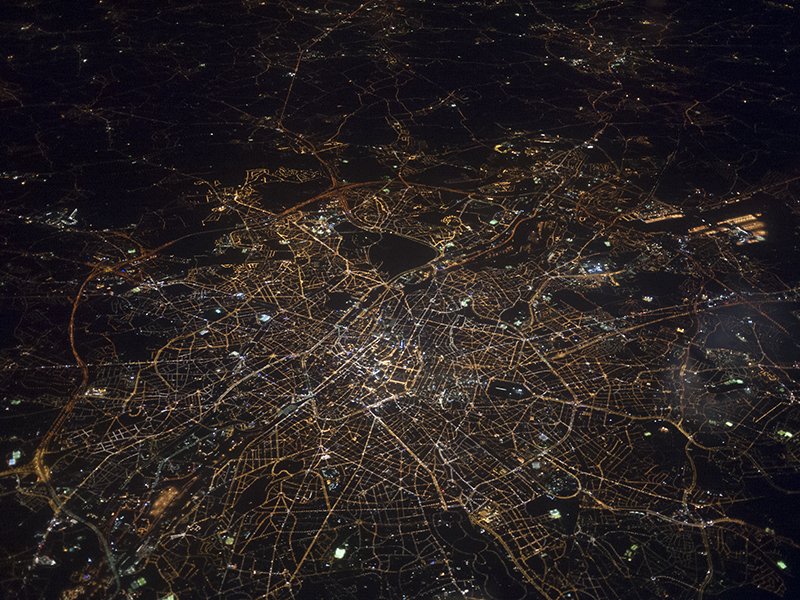

Smart cities are going to feature a rich mix of devices, applications and services. So why is it often assumed that they will only have one supporting wireless network? It doesn’t make sense. The smartest cities will have multiple networks, each one supporting a service set and chosen because it is the best way to deliver defined business benefits.
We know smart city services must pay for themselves. Around the world, smart street lighting has taken off because city leaders can see a return from their investment. The reduction in energy and maintenance costs alone are usually enough to pay for the whole setup including the wireless network within five years. And importantly, smart street lighting can act as a city wide stepping stone to future applications such as environmental monitoring and traffic control. That’s a sound business case. The same principle applies to all smart city applications. Start with a spreadsheet, not a datasheet.
When it comes to connectivity, smart street lighting has specific characteristics. The devices will cover a wide geographic area, urban, suburban, rural. All must be connected – you can’t have pockets of zero coverage. Street lamps have a long life, up to 25 years, so need a network technology that is going to stick around at least that long. Streetlight nodes don’t exchange much data, a handful of kilobytes at the most, twice a day. Clearly, it doesn’t need a network that is super responsive or capable of carrying masses of data. And given that the initial economic gains are relatively modest, it can’t be too pricey.
Smart city decision makers (with a digital remit covering many applications) have broadly three types of network to choose from: traditional cellular from the mobile operators, mesh networks and the newest kid on the block, low power wide area networks (LPWANs).
LPWANs include both private and public networks in unlicensed spectrum, such as those from Sigfox, Telensa or the LoRa Alliance, and cellular networks in licensed spectrum, such as NB-IoT. All share broadly similar characteristics designed specifically for IoT connectivity. LPWANs can connect devices over long distances and because they use very little power, sensor batteries can last for years. The trade-off is they carry relatively small amounts of data. But the headline feature for LWPANs is affordability – these networks are designed to be simple to deploy with low cost equipment and day to day running.
Mesh networks are an earlier approach to low cost networking for things. In a mesh network, devices of all sorts can connect directly with each other, and pass data along in a ‘daisy chain’. This effectively turns short range capability into long range, but only if the devices are relatively close to each other. Many smart metering applications rely on the economics of mesh networks.
Some applications - usually those that involve video - require networks that can move hefty amounts of data or respond instantly. Traditional cellular technology such as LTE can do both. LTE connectivity and data costs are relatively high compared to LPWAN, and the business case will need to take this into account.
Looking ahead, it is mythmaking to envisage one single wireless network for the smart city, or the consolidation of current network technologies. What works for street lights won’t work for more data-intensive services where video is involved, or where ultra-low latency is required. The smartest cities will run with an eco-system of network technologies, a network of networks, each selected because it matches the business case for the service it supports.
All communications technologies are fast evolving and a decision to run with LPWAN today keeps options for the future wide open. For smart city leaders, this means choice: choice of application, choice of network, choice of vendor. And it means no-one need delay their smart city plans while they wait to see what happens next with wireless networking.
This article was first published in Smart Cities World 20 Feb 2018.
Topics: smart streetlights, smart city

